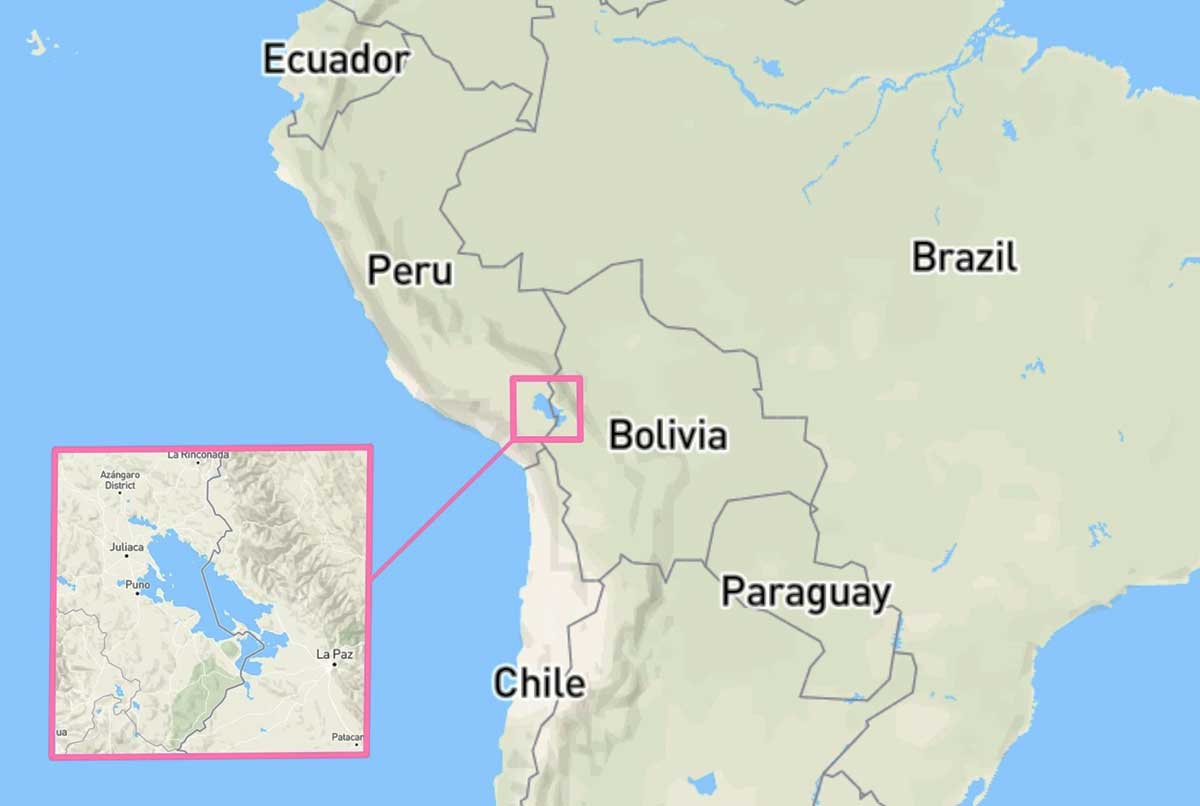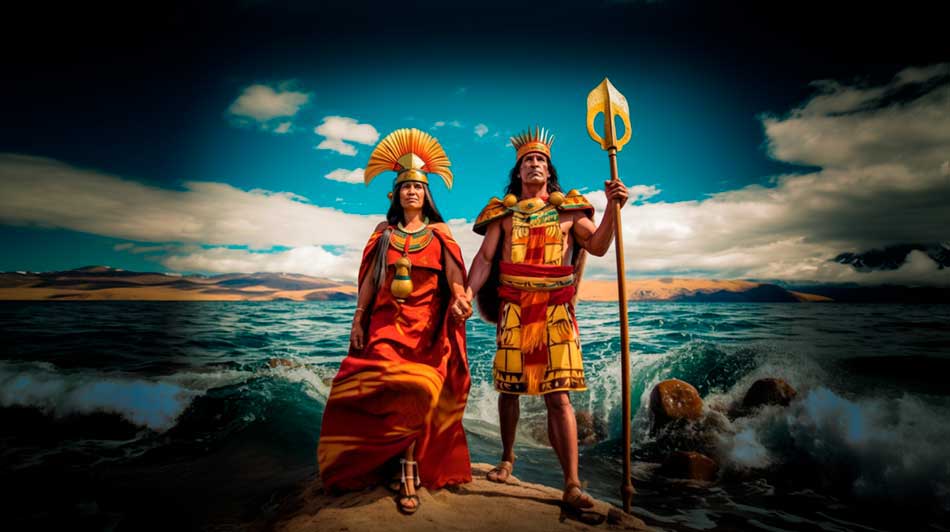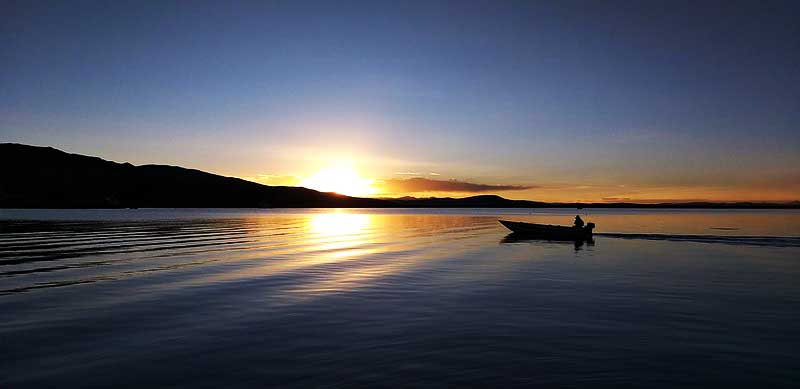Introduction to Lake Titicaca facts
Lake Titicaca, located in the Andes Mountains between Peru and Bolivia, is a place of awe-inspiring beauty and rich cultural history. As the largest lake in South America and the highest navigable lake in the world, it holds a special place in the hearts of locals and visitors alike. In this article, we will delve into the mysteries and wonders of Lake Titicaca tours, uncovering 10 fascinating facts that will leave you in awe of this remarkable natural wonder.
The Significance of Lake Titicaca
Lake Titicaca holds great significance for the people of Peru and Bolivia. It is considered a sacred place by the indigenous communities who have inhabited its shores for centuries. The lake is believed to be the birthplace of the Inca civilization, with legends telling of the first Inca king emerging from its depths. Today, the lake continues to be a site of spiritual importance, with traditional rituals and ceremonies still taking place on its shores.
Location and Geography of Lake Titicaca
Nestled high in the Andes Mountains, Lake Titicaca straddles the border between Peru and Bolivia. It stretches over 8,000 square kilometers, making it the largest lake in South America. The lake is situated at an altitude of 3,812 meters above sea level, making it the highest navigable lake in the world. Its crystal-clear waters are fed by numerous rivers and streams, and its deep blue color contrasts beautifully with the surrounding snow-capped peaks.

Historical and Cultural Importance of Lake Titicaca
Lake Titicaca has a rich historical and cultural heritage that dates back thousands of years. It was once home to the ancient Tiwanaku civilization, which flourished from around 300 AD to 1000 AD. Ruins of their temples and structures can still be found on the lake’s islands. The Inca civilization also left its mark on the region, with the island of Isla del Sol believed to be the birthplace of the first Inca king. Today, the lake is inhabited by indigenous communities who maintain their traditional way of life, preserving their unique cultural practices and customs.
Unique Ecosystem and Biodiversity of Lake Titicaca
Lake Titicaca tours is not only a cultural treasure but also a haven for a diverse range of flora and fauna. Its unique ecosystem supports a variety of aquatic plants and animals, many of which are found nowhere else on Earth. One of the most famous inhabitants of the lake is the giant frog, a species that has evolved to survive in the extreme conditions of the high-altitude Andes. The lake is also home to over 90 species of birds, including the Andean flamingo and the Titicaca grebe.

Interesting Facts About Lake Titicaca’s Size and Depth
The size and depth of Lake Titicaca are truly remarkable. With an area of over 8,000 square kilometers, it is larger than many famous lakes around the world, including Lake Tahoe and Lake Como. Its maximum depth reaches a staggering 281 meters, making it one of the deepest lakes in the world. To put this into perspective, that’s deeper than the height of the Eiffel Tower! The vastness of Lake Titicaca is a testament to the sheer power and beauty of Mother Nature.

Mythology and Legends Surrounding Lake Titicaca
Lake Titicaca is steeped in mythology and legends that have been passed down through generations. According to ancient Inca mythology, the god Viracocha emerged from the depths of the lake to create the sun, moon, and stars.
It is also believed that the lake is home to a mythical creature known as the “Pishtaco,” a blood-sucking monster that preys on unsuspecting victims. These legends add an air of mystery and enchantment to the already captivating beauty of Lake Titicaca.
Sacred lake and the origin of the Incas
According to the myth, the god Viracocha emerged from Lake Titicaca, the highest navigable lake in the world located in the Andes between Peru and Bolivia. Viracocha created the sun, the moon, and the stars. He then fashioned the first humans, Manco Capac and Mama Ocllo, from stone and brought them to life.
Viracocha instructed Manco Capac and Mama Ocllo to travel to the world and find a suitable place to establish a great civilization. They were given a golden staff, and their task was to settle in the region where the staff would easily sink into the ground. They traveled throughout the Andean region, and when they arrived in the Cusco Valley, the golden staff sank effortlessly into the earth. This marked the chosen spot for the foundation of the Inca capital, Cusco.
Manco Capac became the first Sapa Inca (Inca ruler), and Mama Ocllo became his queen. They were considered the “Children of the Sun” and were responsible for initiating the Inca civilization. The myth serves to legitimize the Inca rulers’ divine right to rule and establishes a connection between the Inca people and the divine.
This myth played a significant role in Inca society, providing a cultural and religious foundation for the legitimacy of Inca rulership and the establishment of Cusco as the center of the Inca Empire.

Traditional Communities and Their Way of Life Around Lake Titicaca
The shores of Lake Titicaca are home to several traditional communities that have preserved their way of life for centuries. The Uros people, for example, live on floating islands made of reeds, a practice that dates back to pre-Inca times. These islands are a testament to the ingenuity and resourcefulness of the indigenous people who call Lake Titicaca home. The Quechua and Aymara communities also inhabit the region, practicing traditional farming and fishing techniques that have been passed down through generations.
Tourism and Attractions at Lake Titicaca
Lake Titicaca attracts visitors from all around the world who come to experience its natural beauty and immerse themselves in its rich cultural heritage. One of the most popular attractions is the Uros Floating Islands, where visitors can learn about the unique lifestyle of the Uros people and even take a ride on a traditional reed boat. The islands of Taquile and Amantani also offer a glimpse into the traditional way of life, with homestay experiences allowing visitors to live with local families and learn about their customs and traditions.
Conclusion: Lake Titicaca’s Enduring Legacy
Lake Titicaca is a place of immense beauty, cultural significance, and natural wonder. Its crystal-clear waters, stunning scenery, and rich history make it a must-visit destination for anyone traveling to Peru or Bolivia. From its fascinating myths and legends to its unique ecosystem and traditional communities, Lake Titicaca tours offers a glimpse into a world that is both ancient and timeless. So, the next time you find yourself in the Andes Mountains, make sure to pay a visit to this remarkable lake and uncover the mysteries that lie beneath its surface.
Are you ready to embark on a journey of discovery to Lake Titicaca? Plan your lake titicaca tours now and experience the magic for yourself!



Comments